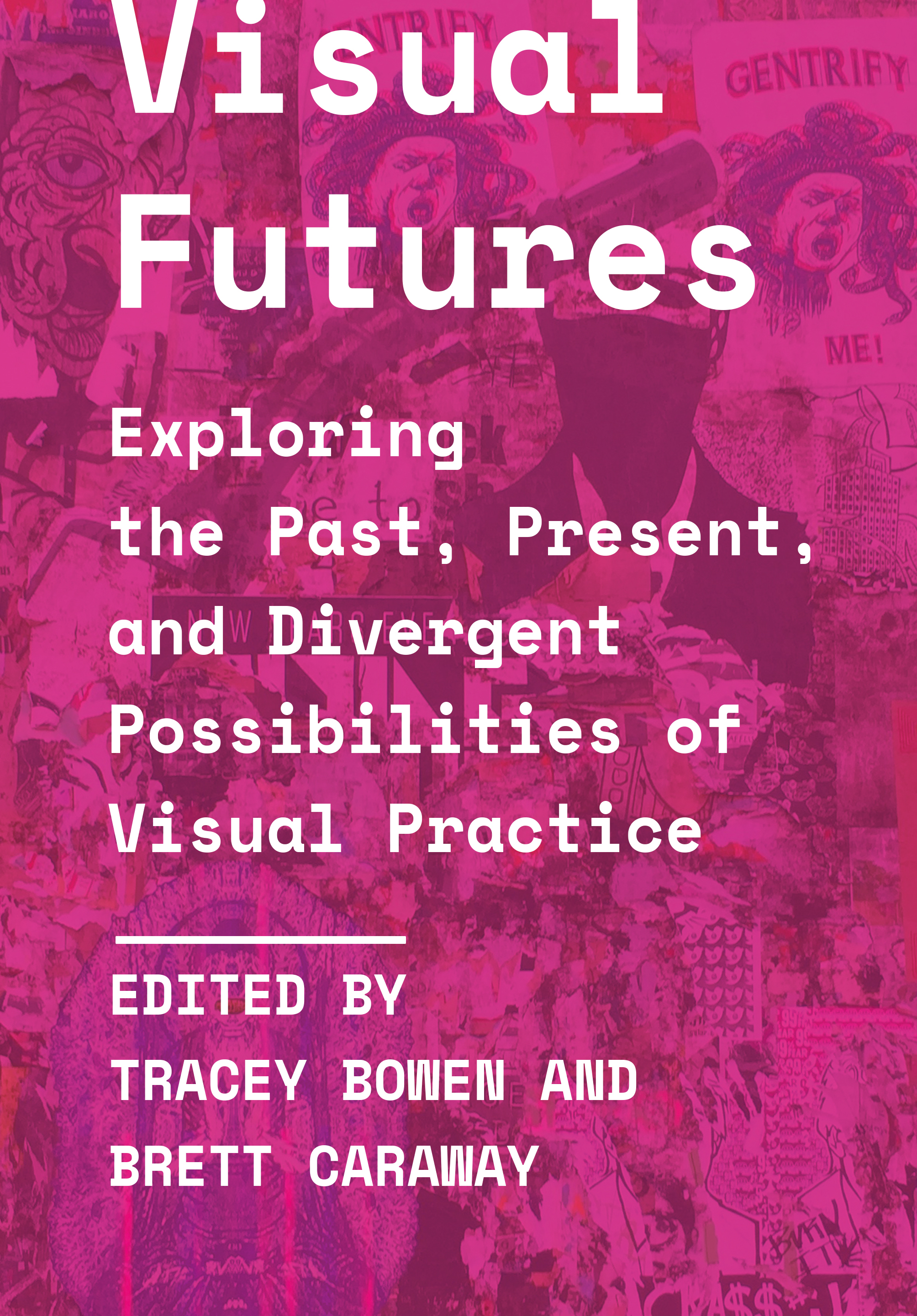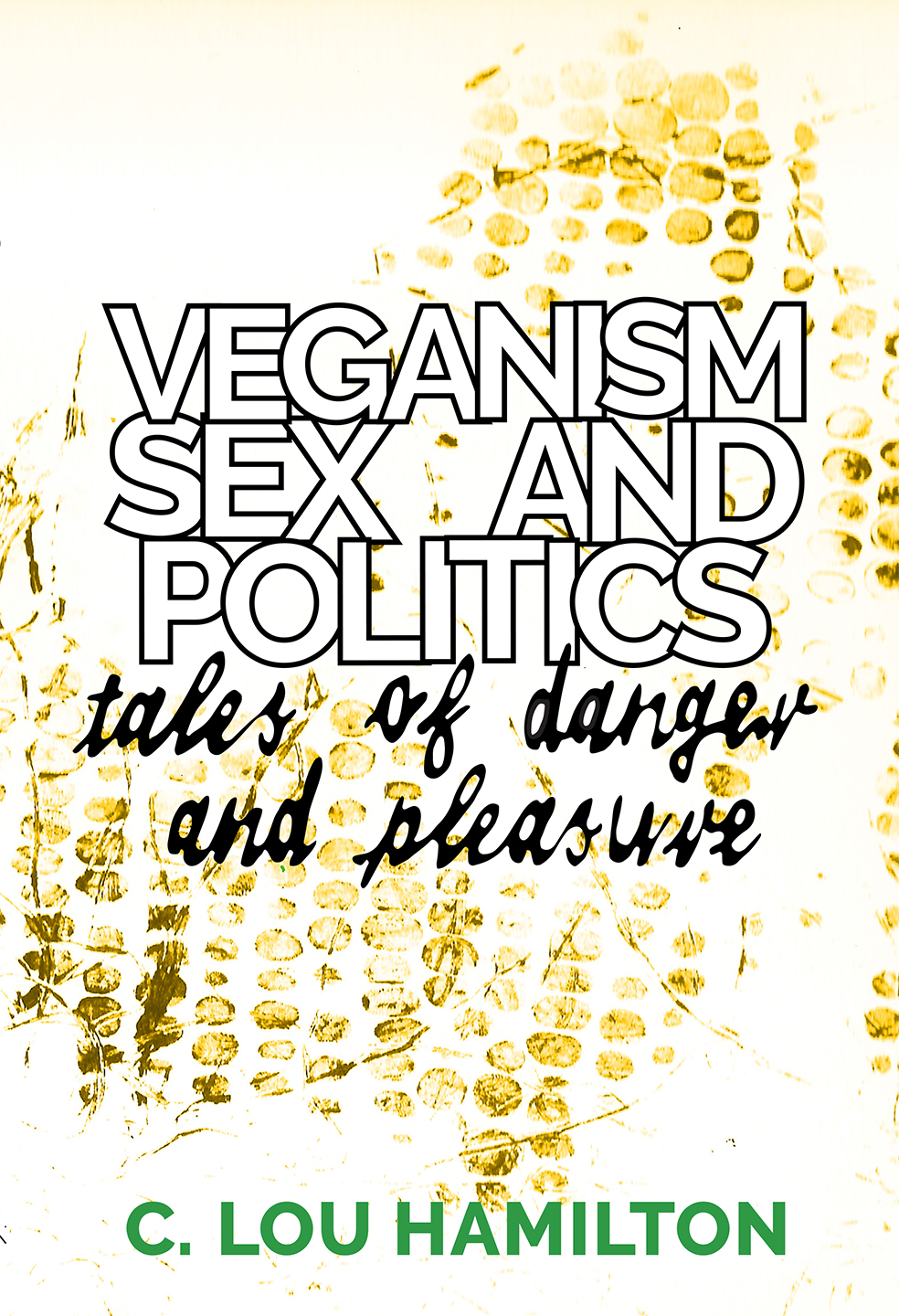Browse Books
Filter :
Subject
Publication date
Authors

Visual Futures
The overall subject of the book is visual culture. What sets it apart and gives it such an original emphasis is its multi-disciplinarity and the range of critical voices ranging through film studies architecture creative practice biology pedagogy and media theory which are brought to bear upon the question of visuality and its relationship to futurity.
In our everyday lives we navigate across a vast sea of visual imagery. Yet we rarely pause to question how or why we derive meaning from this sea. Nor do we typically contemplate the impact that it has on our motivations our assumptions about science and about other people and our actions as individuals and collectives. This book is a collection of interdisciplinary perspectives from science to film from graffiti and virtual environments to architecture and education that examines the ways in which we interact and engage with the visual elements of our environments.
Visual Futures provides an interdisciplinary examination of how we visualize and use visuals to make meaning within our environment. A diverse range of contributions and perspectives from biology film virtual reality urban graffiti architecture critical pedagogy and education challenge our current attitudes norms and practices of looking and seeing opening up questions about the future. The future is a concept with significant political stakes and the work of rethinking and reimagining possible worlds requires a host of practices which include the work of seeing of image-making and of representation – all of which is political work taken up by the book contributors.
Primary readership will be among scholars and students of visual culture media studies digital cultures fine art architecture education science communication and sociology. Clearly aimed at an academic readership it will also appeal to practising artists architects software developers and educators.

Visual Research Methods in Architecture
This book offers a distinctive approach to the use of visual methodologies for qualitative architectural research. It presents a diverse selection of ways for the architect or architectural researcher to use their gaze as part of their research practice for the purpose of visual literacy. Its contributors explore and use ‘critical visualizations’ which employ observation and sociocultural critique through visual creations – texts drawings diagrams paintings visual texts photography film and their hybrid forms – in order to research architecture landscape design and interior architecture. The visual methods intersect with those used in ethnography anthropology visual culture and media studies. In presenting a range of interdisciplinary approaches Visual Methodologies in Architectural Research opens up territory for new forms of visual architectural scholarship.

Veganism, Sex and Politics
Veganism is so much more than what we eat. It’s about striving to live an ethical life in a profoundly unethical world. Is being vegan difficult or is it now easier than ever? What does veganism have to do with wider struggles for social justice – feminism LGBTQ+ politics anti-racism and environmentalism?

Vanishing Points

Videogames and Art
Videogames are firmly enmeshed in modern culture. Acknowledging the increasing cultural impact of this rapidly changing industry on artistic and creative practices Videogames and Art features in-depth essays that offer an unparalleled overview of the field.
Together the contributions position videogame art as an interdisciplinary mix of digital technologies and the traditional art forms. Of particular interest in this volume are machinima game console artwork politically oriented videogame art and the production of digital art. This new and revised edition features an extended critical introduction from the editors and updated interviews with the foremost artists in the field. Rounding out the book is a critique of the commercial videogame industry comprising essays on the current quality and originality of videogames.

Versions of Hollywood Crime Cinema
No society is without crime prompting Nathaniel Hawthorne’s narrator to make his famous statement in The Scarlet Letter that however high its hopes are no civilization can fail to allot a portion of its soil as the site of a prison. By establishing the category of crime – by drawing a line between the lawful and criminal however thin blurry or even effectively meaningless the line may in practice become – society offers its own perhaps most consequential self-definition. Film argues Carl Freedman is an especially fruitful medium for considering questions like these. With Versions of Hollywood Crime Cinema he offers a series of critical readings spanning several genres by directors Coppola Scorsese Ford and Wilder. From among the mob movies Freedman focuses on Francis Ford Coppola’s Godfather trilogy – arguably the foremost work of crime cinema – using it to reflect on the Marxist notion of primitive accumulation and relationship between 'gangsterism and capitalism'. The volume also includes in-depth critique of classics of film noir (including Double Indemnity and Body Heat) and surprisingly Western which is not often thought of as a kind of crime film even though its setting is an entire society in which crime flourishes yet is fought against bringing into focus films of John Wayne. For crime fans and scholars alike the radical readings of known classics in Versions of Hollywood Crime Cinema provide an insightful critique of modern culture and high capitalism that produced and that are reflected in the range of films discussed.

Virtuality and the Art of Exhibition
Digital technologies are playing an increasingly instrumental role in guiding the curatorial and institutional strategies of contemporary art museums today. Designed around contextual studies of virtuality and the art of exhibition this interdisciplinary volume applies practice-based research to a broad range of topics including digital mediation spatial practice the multimedia museum and curatorial design. Rounding out the volume are case studies with accompanying illustrations.

Visual Cultures
Visual Cultures is the first study of the place of visuality and literacy in specific nations around the world and includes authoritative insightful essays on the value accorded to the visual and the verbal in Japan Poland China Russia Ireland and Slovenia. The content is not only analytic but also historical tracing changes in the significance of visual and verbal literacy in each nation. Visual Cultures also raises and explores issues of national identity and provides a wealth of information for future research. Visual Cultures will appeal to those with an interest in visual studies cultural studies postcolonial theory area studies subaltern studies political theory art history and art criticism.

Visualizing Anthropology
The origins of this collection lie in visual anthropology. Although the field has greatly expanded and diversified many of the key debates continue to be focused around the textual concerns of the mainstream discipline. In seeking to establish a more genuinely visual anthropology the editors have sought to forge links with other kinds of image-based projects. Ethnography is the shared space of practice. Understood not as a specialized method but as cultural critique the book explores new collaborative possibilities linked to image-based work.

Visual Language for the World Wide Web
In this digital age are there cultural lessons for us in looking to the earliest kinds of communications? The icons used in ancient Mayan and Sumerian language systems are presented here as direct cultural links to the visual presentation of World Wide Web pages on the Internet. The book shows how the development of digital screens has caused visual human communication to come full circle from the earliest representations. The in-depth analysis demonstrates how these visual languages now serve as a rich source for renewed study for the development of meaningful computer icons. Readers are also invited to become involved in ongoing investigations through participating in a WWW site that will synthesise all the research and current data.



